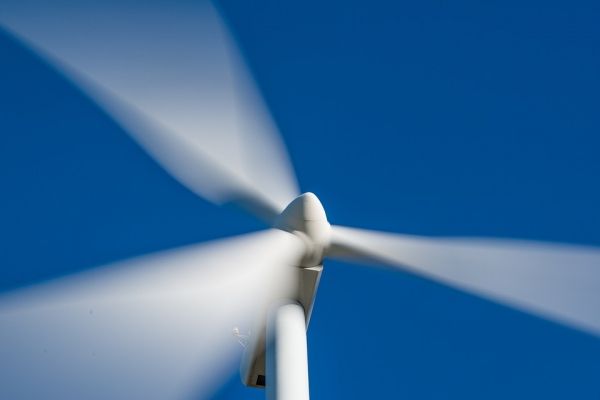Researchers at the UPV/EHU’s Faculty of Engineering -Vitoria-Gasteiz have proposed using the energy generated on offshore wind turbine farms to produce hydrogen in situ instead of conveying it ashore by cable. They have shown that this is technically possible and economically viable. They have also confirmed that incorporating some very low-cost components significantly improves wind turbine efficiency. The research has been published by the International Journal of Hydrogen Energy.
The generation of energy on offshore wind turbine farms is much higher because heavy-duty wind turbines are deployed and wind regimes are much more stable than on land. “There are two ways of conveying all this energy produced ashore: by building a huge piece of infrastructure to be able to bring the electrical power grid right up to it and convey the electricity generated via cable, or by producing hydrogen on the spot by means of hydrolysis using the energy produced there, and then conveying the hydrogen ashore to be used as fuel. We have gone for the second option and the aim of this research was to find a way of improving this process,” explained Ekaitz Zulueta-Guerrero, researcher in the Department of Systems Engineering and Automation of the UPV/EHU’s Faculty of Engineering - Vitoria-Gasteiz.
When embarking on the research the researchers in the Department of Systems Engineering and Automation and the Department of Nuclear Engineering and Fluid Mechanics of the Faculty of Engineering - Vitoria-Gasteiz sought to reduce the energy cost of the hydrogen-producing process. “To improve the aerodynamics of the wind turbines we wanted to test the effect of two components used to control turbine flow. One is a vortex generator, the other Gurney flaps which are fitted to the blade and which significantly improve the thrust force, and therefore the aerodynamics,” explained Unai Fernandez-Gamiz, member of the Department of Nuclear Engineering and Fluid Mechanics. What is more, “they are very cost-effective and can be easily fitted to the wind turbines”.
Read more at University of the Basque Country
Photo Credit: josealbafotos via Pixabay


